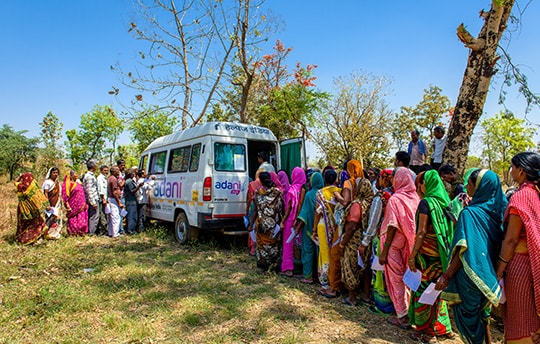Building a critical care infrastructure in Rural India – Decoding the funding & investment challenges
Reading time - 3 min.
Related Articles
What Does a Physiotherapist Do? Skills, Treatments & When to See One
Ever had that annoying sore at the end of the day? Your neck is tight after hours spent at your computer, or your lower...
Beet It: Surprising Benefits of Beetroot!
Let’s be honest—beetroot isn’t usually love at first bite. With its earthy taste and bold color, it’s the vegetable many of us avoided as...
Is the Covid Vaccine Causing Heart Attacks? Here’s What Experts Say
With the growing speculation on social media that Covid-19 vaccines can be a reason behind the sudden surge in heart-attack related deaths, the Ministry...


 Maanoj Shah is a Chartered Accountant, a People Champion with strong Business creation, strategy and scaling-up experience. Apart from co-founding Mission ICU, he has played a key role in many social initiatives like Khaana Chahiye (Volunteer management), Co founder Corona Champions (Covid awareness initiative) & Giftchange (A platform for changemakers).
Maanoj Shah is a Chartered Accountant, a People Champion with strong Business creation, strategy and scaling-up experience. Apart from co-founding Mission ICU, he has played a key role in many social initiatives like Khaana Chahiye (Volunteer management), Co founder Corona Champions (Covid awareness initiative) & Giftchange (A platform for changemakers).